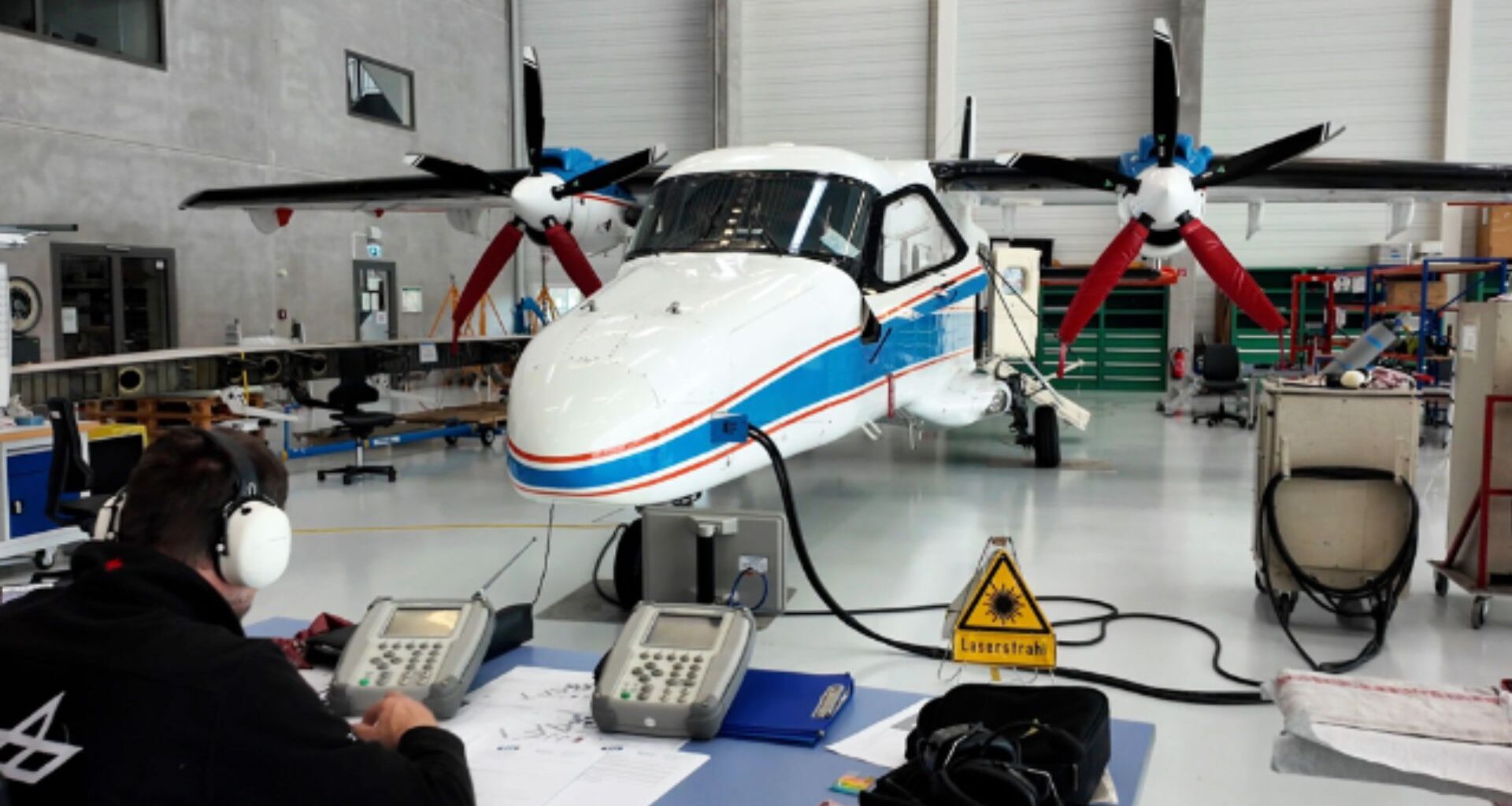A consortium of German researchers has successfully transmitted individual photons from a moving aircraft, captured them in a mobile ground station, and verified their quantum states.
The experiment, a key part of Germany’s QuNET initiative, marks a critical step towards building a global, tap-proof quantum communication network.
The research team successfully measured various quantum channels between the aircraft and the ground, sent the light particles to a sophisticated ion trap, and tested technologies vital for quantum key distribution (QKD).
The successful results have now been presented to the Federal Ministry of Research, Technology, and Space (BMFTR), which funds the QuNET initiative.
Using photons to create keys
This technology harnesses the principles of quantum mechanics, using photons—individual particles of light—to create cryptographic keys that are practically impossible to intercept without detection.
Such security is paramount for future communication between governments and authorities, as well as for protecting critical infrastructure and everyday data.
“We are working on practical solutions for satellite-based quantum communication, which can be used to transmit quantum states over long distances and generate secure keys,” explained Florian Moll from the DLR Institute of Communications and Navigation.
“In fiber optics, this is only possible over a few hundred kilometers. Quantum encryption via satellite, on the other hand, enables arbitrarily greater distances on Earth.”
Utilizing DLR Dornier 228 research aircraft
The experiment utilized a DLR Dornier 228 research aircraft, which was transformed into a mobile node in a quantum network.
Scientists installed an optical communication terminal on the plane, which included a module developed by the Fraunhofer Institute for Applied Optics and Precision Engineering (IOF) in Jena to generate quantum-entangled photons.
During several research flights over Erlangen in recent months, the aircraft beamed these photons to a specialized mobile ground station known as the QuBUS, a container-sized receiving terminal also provided by Fraunhofer IOF.
“The tracking and fiber coupling provided by Fraunhofer IOF thus offered the necessary environment for the actual experiments,” said Christopher Spiess from the Fraunhofer Institute in Jena.
Special tracking system
Handling individual photons is an immense technical challenge. The Fraunhofer team implemented a special tracking system in the QuBUS to ensure the receiving terminal precisely followed the aircraft’s movements.
To counteract atmospheric turbulence that can disrupt the signal, they deployed adaptive optics developed specifically for this task, ensuring a stable connection.
Once captured by the QuBUS, the photons were coupled into a fiber optic cable and sent to an ion trap at the Max Planck Institute for the Science of Light (MPL) in Erlangen for analysis.
There, scientists successfully verified the quantum states of the “flying” particles, achieving one of the experiment’s primary goals.
Could lead to future quantum internet
The success of the flight campaign demonstrates the viability of using mobile platforms like aircraft, and eventually satellites, to build expansive quantum networks.
“We have shown in various experiments that this is possible. The approach we tested can be used not only from aircraft, but also from satellites,” concluded Moll.
This technology is not only groundbreaking for secure communications but also for a future quantum internet, which will connect powerful quantum computers and quantum memories across the globe.

